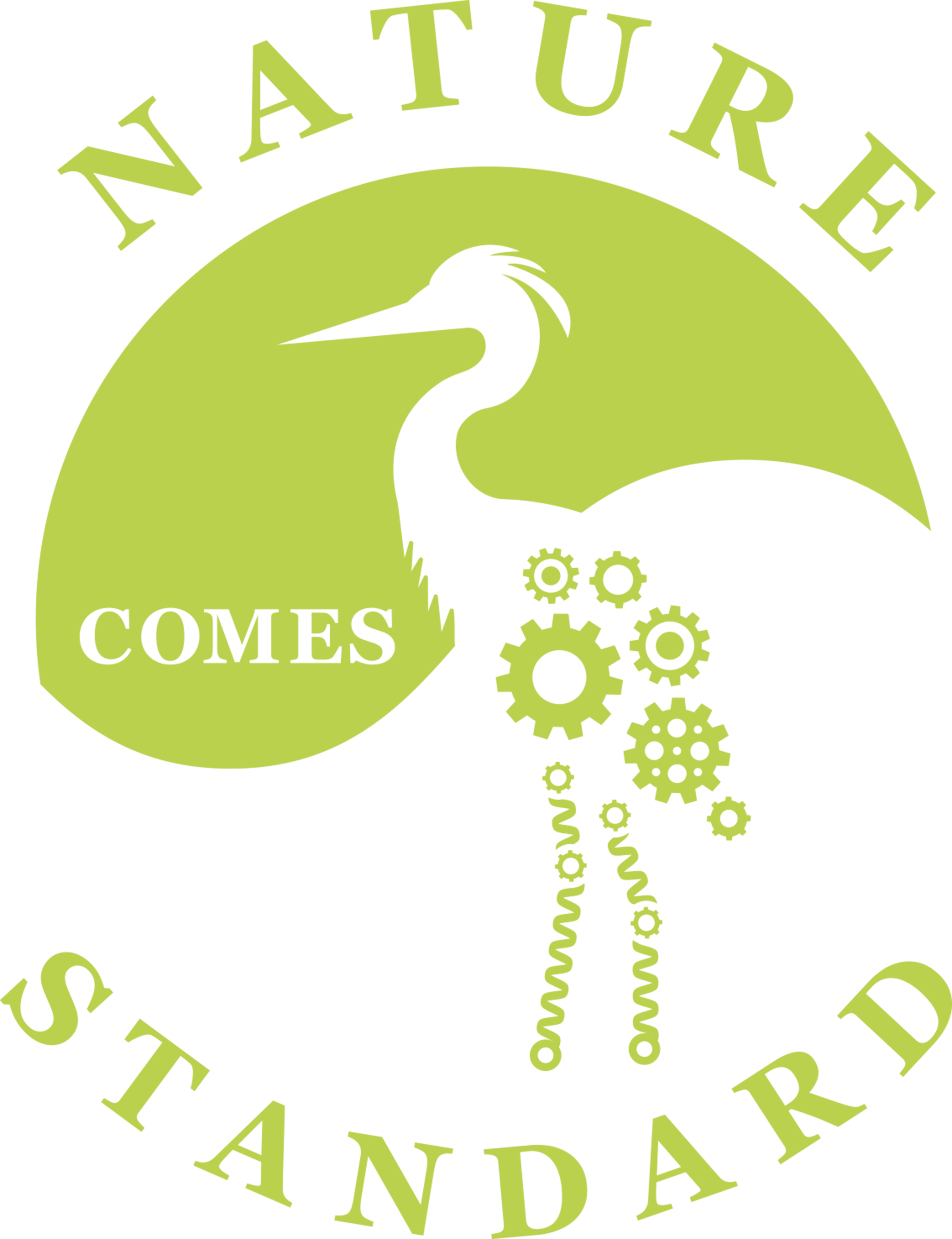The Lightweight Wisdom of Trees

As the dormancy of Fall chases the leaves from the canopy, I seized the opportunity to hike off the beaten path. Loosely following the trails of white-tailed deer, I ventured across an odd cluster of dead tree trunks still stretching toward the sky. One tree has become a woodpecker’s buffet, while the other tree boasts the signs of adapting to the strangulations of a past spiraling vine. After providing oxygen during their living years, these trees now provide post-life structure to many organisms. What wisdom do these trees behold?
Besides the tree’s structural adaptation to its weight from gravity, the tree’s growth response is directly affected by the wind-induced bending moments. The tree responds to these inputs by adding material to the areas needing more stress and strain reduction. The branches and leaves have a fractal pattern like other shapes in nature, such as seashells. This fractal pattern optimizes the leaves’ access to sunlight for photosynthesis. Also, the frequency response to the wind is random and non-harmonic due to this fractal arrangement. (1)
Engineers are looking to trees to inspire ways to build efficient and sustainable human-made structures. Using computer simulations such as Altair’s OptiStruct (2) or Claus Matteck’s Soft Kill Option (SKO) (3), engineers can design forms mimicking trees more quickly. Another methodology called “Performance Control” analyzes structures based on actual time-based input, much like a tree experiences. This methodology can lead to structures with optimized material usage and designs with loads more evenly distributed throughout the structure. (4)
Architects have long been inspired by the beauty of tree-like forms in buildings and bridges, but engineers can take the next step to look to trees for engineering design cues. The next time that tree in the backyard or like the massive tree in the picture above from the Royal Botanical Gardens in Sydney, Australia, pause and consider the gift of engineering wisdom it exudes.
Iasef Md Rian, Mario Sassone, Tree-inspired dendriforms and fractal-like branching structures in architecture: A brief historical overview, Frontiers of Architectural Research, Volume 3, Issue 3, September 2014, Pages 298-323, ISSN 2095-2635, http://dx.doi.org/10.1016/j.foar.2014.03.006
Mark Grigorian, Biomimicry and Theory of Structures-Design Methodology Transfer from Trees to Moment Frames, Journal of Bionic Engineering, Volume 11, Issue 4, 2014, Pages 638-648, ISSN 1672-6529, http://dx.doi.org/10.1016/S1672-6529(14)60075-5





